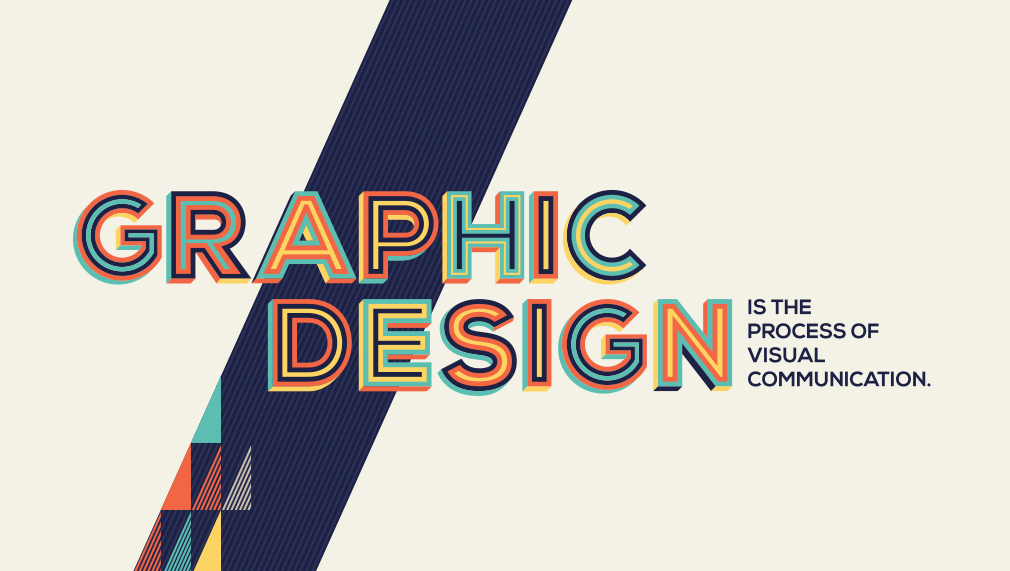Writing your design brief

Good design can have a huge impact on the success of a company’s marketing strategy – but for success to be guaranteed, clear goals must first be set.
What is a design brief?
A good design brief is the most important factor in ensuring a successful design project. It is a clearly written document outlining the desired outcomes of a design project.
Commencing with an effective brief is a critical part of the design process. It helps develop trust and understanding between client and designer and serves as an essential point of reference for both you and your design agency.
The design brief allows you to focus on what you want to achieve and ensures that important design issues are considered and questioned before work commences.
Factors to consider when writing a design brief:
Business background
Start your design brief with a concise synopsis of your organisation or company and provide relevant information about your industry sector such as:
- What your organisation does
- How long you have been established and how many staff you employ
- What your niche market is and who your customers are
- How you fit into your industry sector and who your competitors are
- Your strengths and weaknesses
- Your existing marketing and communications policy
Project objectives
Let your agency know all about the product or service you are promoting, what you want to achieve, whether you are completely reinventing your image or simply updating it, what your key selling points are and how you differ from your competitors. Explain exactly what you are trying to communicate and why, for example, do you want to:
- Generate sales
- Raise awareness
- Encourage enquiries
- Gain newsletter subscribers
- Obtain information from your audience
Your design brief helps to clarify your own thoughts and if your aims and objectives are unclear, it can help resolve flaws in what you initially thought was a solid idea.
Consult colleagues within your organisation before sending the brief. Showing the design brief to different people may reveal remarkable differences in the way people see the organisation’s aims and objectives. Resolving any internal differences in opinion will save considerable time and expense further down the line.
Target audience
Is your communication internal or external? Detail your primary and secondary audiences. Are you looking to consolidate your existing client-base or appeal to new markets? Provide demographic figures about your audience that may be useful, for example: age, gender, income, occupation, location, attitudes and lifestyle, as well as any important keywords.
Design specifications
Provide your agency with the following details:
- What size does the design need to be?
- Will it be printed, electronic or both?
- Full details of end product(s) – website, business card, stationery, publication or leaflet, advert etc.
- Quantity required
- Where and how will it be distributed
- Creative Direction
If there is a design style that you particularly like or dislike, explain why in the brief.
If you’re not entirely sure why you like a certain design style, good starting points include:
- Colour
- Imagery
- Quantity and quality of text
- Typography
- Tone or mood
Mention any design constraints – if it needs to fit with existing designs/templates, or if there are any specific technical or legal requirements and manufacturing processes.
Design samples of what you consider to be effective or relevant design can be a great help in writing a design brief. Make sure to include samples of your company’s current marketing materials – even if their only purpose is to illustrate what you don’t want from your new materials!
Project management
Even if you can only provide a ball-park figure, a budget expectation will give a good idea of the type of solution that your agency can realistically provide.
Timescale is also important – communicate at the outset if there is a specific deadline to be met. Depending on the complexity of the work, the timeframe should be attainable and take into account various stages of the project including consultation, concept development, production and delivery.
Don’t forget to provide details of the project manager/team/person liaising with the designer and establish who owns the Intellectual property (IP) rights to the designs produced.
The more clues you can give about your design tastes, the more likely your agency will be able to produce something that matches – and exceeds – your expectations.
The objective is not to copy the ideas you send…but to use them as a starting point for the design process.